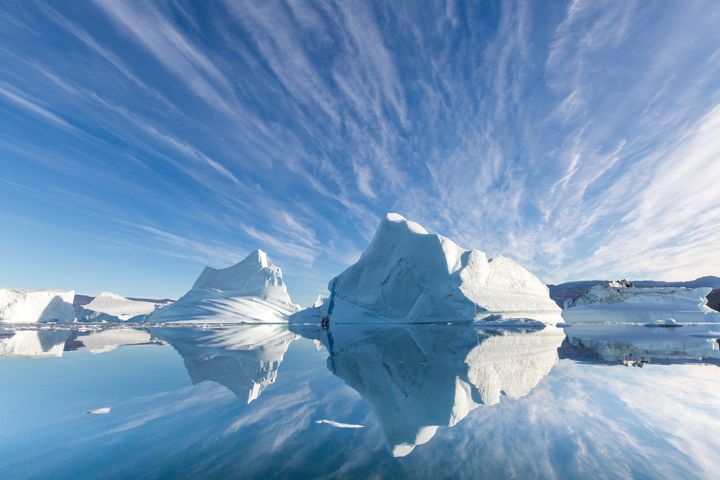Greenland’s ice is melting much faster than scientists previously thought – and it’s likely to lead to a faster sea level rise, according to a damning new study.
The country’s southeast and northwest regions, where large glaciers send chunks of ice into the Atlantic ocean, were previously the main concern for researchers.
However, a new study revealed that the largest sustained ice loss from early 2003 to mid-2013 came from Greenland’s southwest region, which is mostly devoid of large glaciers.
“We knew we had one big problem with increasing rates of ice discharge by some large outlet glaciers,” said Michael Bevis, lead author of the study and a professor at Ohio State University. “But now we recognise a second serious problem: increasingly, large amounts of ice mass are going to leave as meltwater, as rivers that flow into the sea.”

Scientists believe global warming is to blame – and the findings could have serious implications for coastal US cities including New York and Miami, as well as island nations particularly vulnerable to rising sea levels.
Perhaps one of the most damning conclusions from the report is that there’s now no turning back. “The only thing we can do is adapt and mitigate further global warming, it’s too late for there to be no effect,” Bevis continued. “This is going to cause additional sea level rise. We are watching the ice sheet hit a tipping point.”
Climate scientists and glaciologists have been monitoring the Greenland ice sheet as a whole since 2002, when NASA and Germany joined forces to launch the Gravity Recovery and Climate Experiment (GRACE) – whose twin satellites measure ice loss across Greenland.
The satellites recorded that between 2002 and 2016, Greenland lost approximately 280 gigatons of ice per year, equivalent to 0.03 inches of sea level rise each year.
“We are watching the ice sheet hit a tipping point."”
Bevis’ team used data from GRACE and from GPS stations scattered around Greenland’s coast to identify changes in ice mass – by 2012, ice was being lost at nearly four times the rate that prevailed in 2003.
A natural weather phenomenon called the North Atlantic Oscillation – which brings warmer air, clearer skies and more solar radiation to west Greenland – was building on man-made climate change to cause unprecedented levels of melting, said Bevis.
“These oscillations have been happening forever,” he explained. “So why only now are they causing this massive melt? It’s because the atmosphere is, at its baseline, warmer. The transient warming driven by the North Atlantic Oscillation was riding on top of more sustained, global warming.”
He concluded: “We’re going to see faster and faster sea level rise for the foreseeable future. Once you hit that tipping point, the only question is: how severe does it get?”